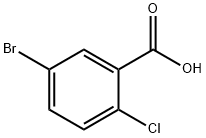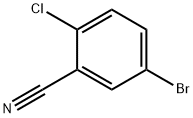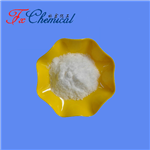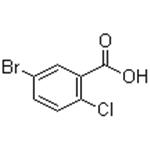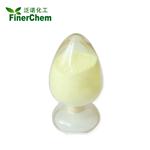Description
5-Bromo-2-chlorobenzoic acid (BCBA) is an organic reagent that can be used in electroinduced dehalogenation reactions. Ag/Cu electrodes exhibit high electrocatalytic activity in the dehalogenation reaction of BCBA. The process is characterised by a sequence of halide excretion and hydrogen addition. Since the bond dissociation energy value of C-Br bond is smaller than that of C-Cl bond, Br-w is more easily released from the benzene ring. As C-Br breaks, BCBA gains electrons and hydrogen to form the intermediate 2-chlorobenzoate. C-Cl then breaks in the same way to give the final product benzoate.
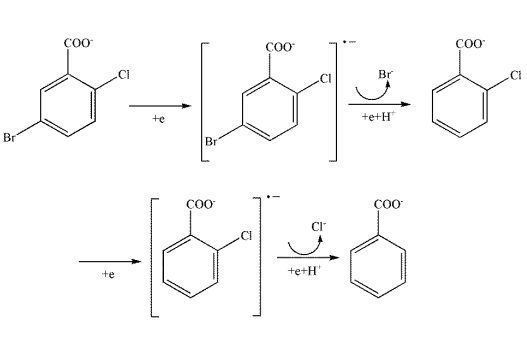
Synthesis
4.7g (0.03 mol) of 2-chlorobenzoic acid, 40mL of concentrated sulfuric acid and 0.936g (0.012 mol) of sodium sulfide are sequentially added into a 250mL four-mouth bottle, stirred for 20 minutes at 30 ℃ until the solution is clear, then 5.334g N-bromosuccinimide (0.03 mol) is added, the reaction is continued for 10 minutes at 30 ℃, and then the solution is slowly poured into 80mL ice water bath for crystallization to obtain a crude product of the 5-bromo-2-chlorobenzoic acid. Add the filter cake into a 250mL four-mouth bottle, add 24mL methanol and 36mL water, heat to 60 ℃, naturally cool, and stir for crystallization. Filtration, washing with 20mL of 40% volume fraction aqueous methanol, and drying at 55 ℃ for 6 hours gave 6.001g of a white solid, yield: 85.0%.
